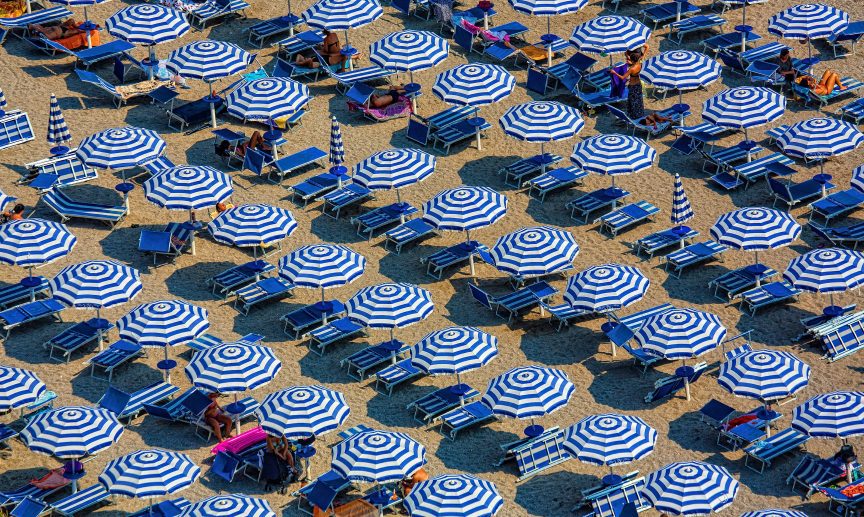It’s summer, It’s sunny, and it’s warm. It’s the perfect weather for taking photographs. Nonetheless, your photos don’t seem to capture the warmth and look like they could be taken in any other season. The viewer should instantly know these are summer photos and be immersed in the hot summer atmosphere. Whether you shoot indoors or outdoors, the following tips will help capture warm weather in your photographs and engage your viewer’s senses.
Natural Lighting
Warm weather means a lot of sunshine, which results in bright photographs with vibrant colors. Even when shooting in a studio, you can let the sunshine come in through an open window or recreate its characteristics using artificial light sources. Summer photos should be bright, with saturated colors and warm tones.
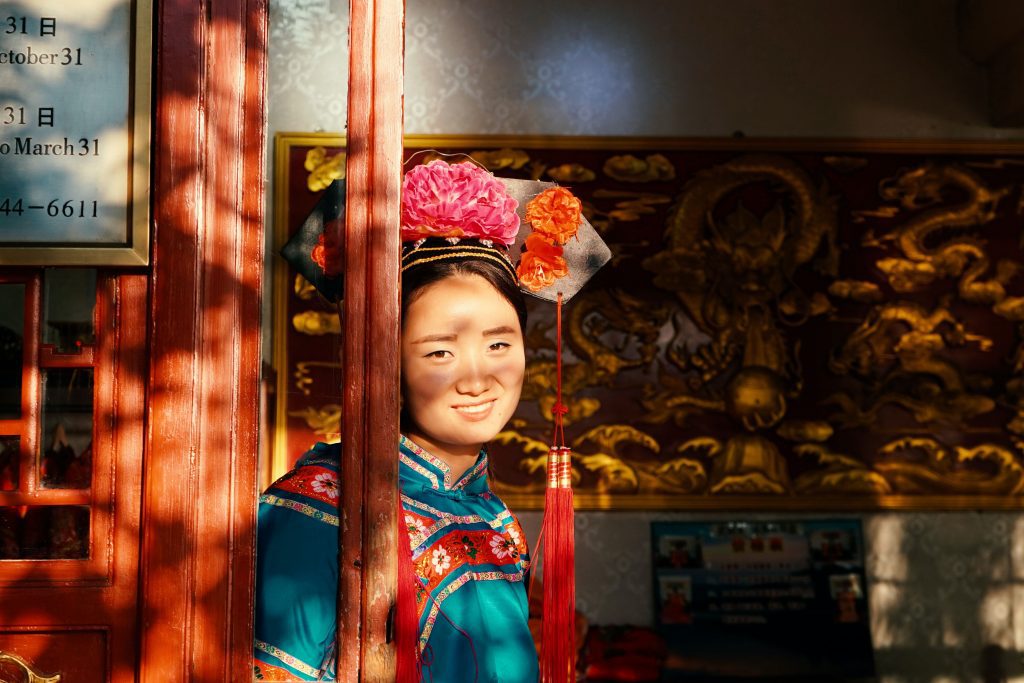
Photo by Miguel Bruna on Unsplash
If you’re shooting outdoors, take advantage of the sun. Don’t avoid the midday sun and try the sunburst effect. Make the sun part of your photos and allow it to fill the frame, provide backlighting, or make your subject glow. You can even overexpose your photographs to emphasize hot days, high temperatures of buildings and streets, or the feeling of an empty beach on a summer morning.
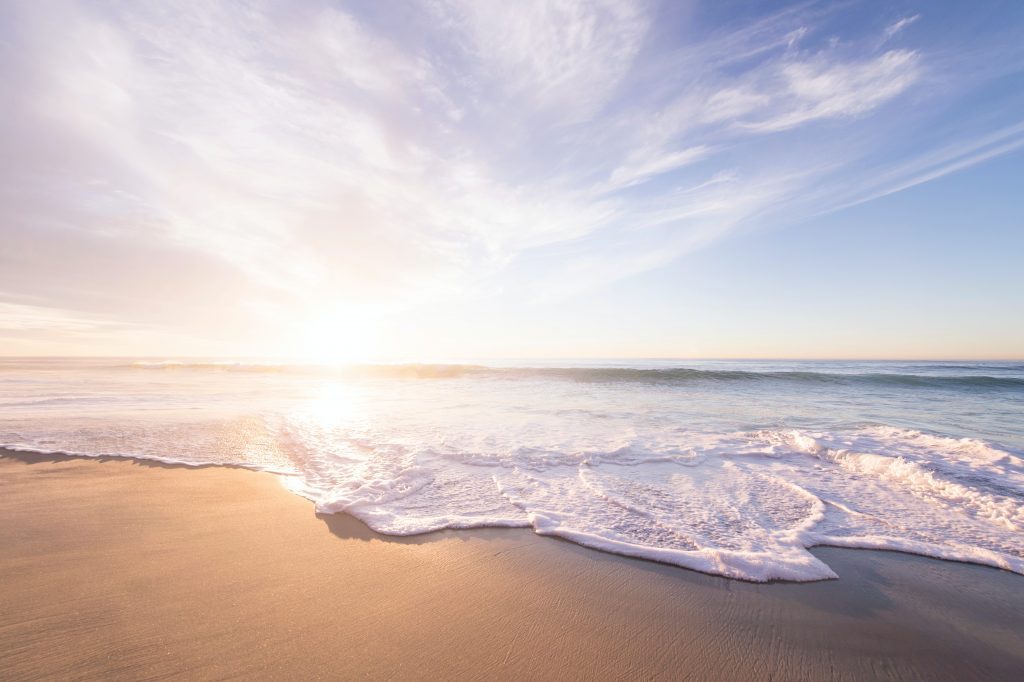
Photo by frank mckenna on Unsplash
Summer Specifics
There are plenty of summer specifics that localize your photos and convey valuable information to the viewer. For example, people wearing summer outfits are a sign of warm weather, even when you take their portraits in a studio. Tan, sunglasses, straw hats, and bare feet communicate the same idea: it’s a hot day here! You can also use props, such as seasonal fruits and vegetables, sun umbrellas, or a summer beach resort commercial in the background.
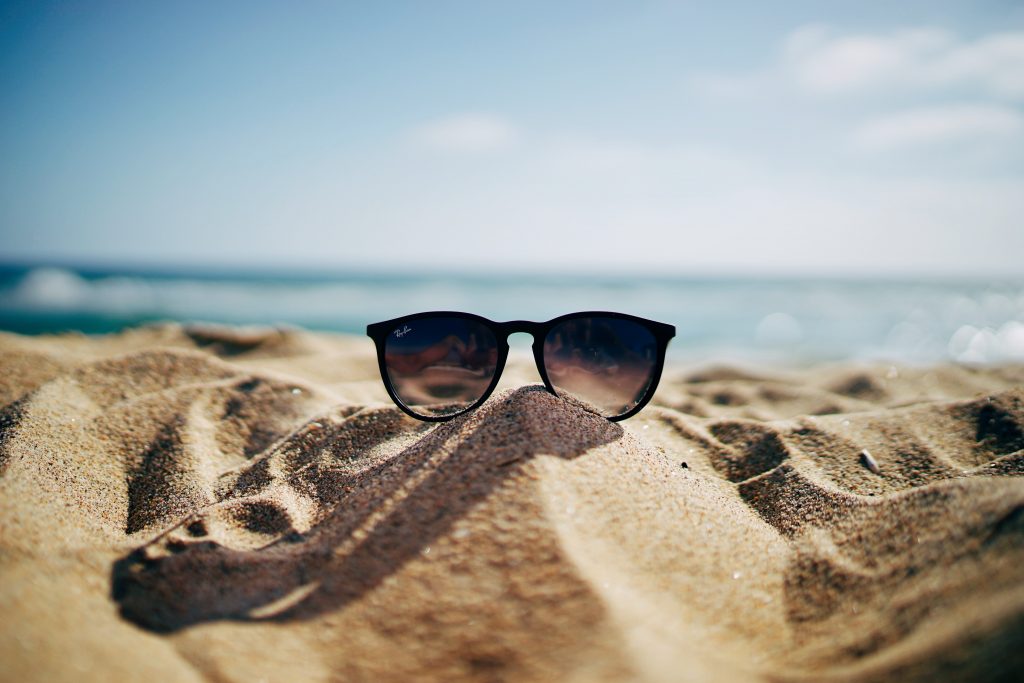
Photo by Ethan Robertson on Unsplash
If you are shooting outdoors, nature provides an endless list of clues. You have flowers and vegetation one can only see during the summer. You have colors that don’t appear in any other season. And you have people doing summer activities, such as playing volleyball on the beach, eating ice cream, playing with water, or having a picnic. All these add storytelling value to your compositions regardless of your photographic genre or subject matter. It’s a temporal narrative that enhances the story.
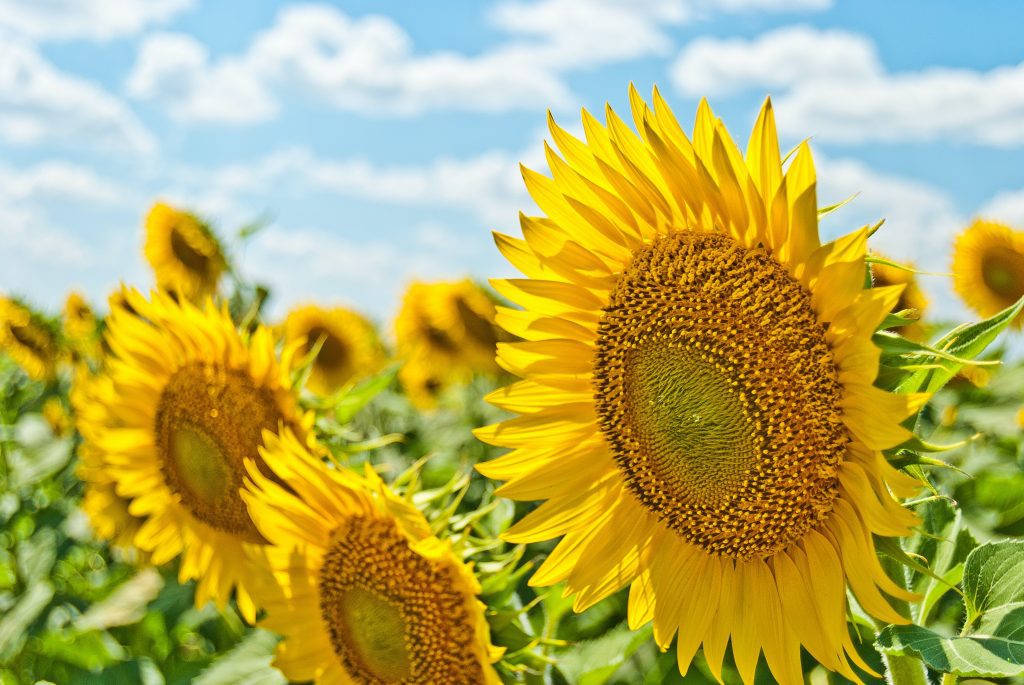
Photo by Aleksandr Eremin on Unsplash
Conclusion
Warm weather represents joy, enthusiasm, vacations, playfulness, and energy. Most people take a holiday during summer and enjoy a few days in the sun. That’s a powerful ingredient to include in your visual story. It adds depth and feelings and makes people feel part of your story. They recognize themselves in your photograph, which makes them spend more time with it and become your fans. A photograph is about the sensations you can transfer to your viewer. So never focus on the subject alone and try to include as much scenery as possible, even if they aren’t visual elements per se.
Cover photo by Ricardo Gomez Angel on Unsplash

